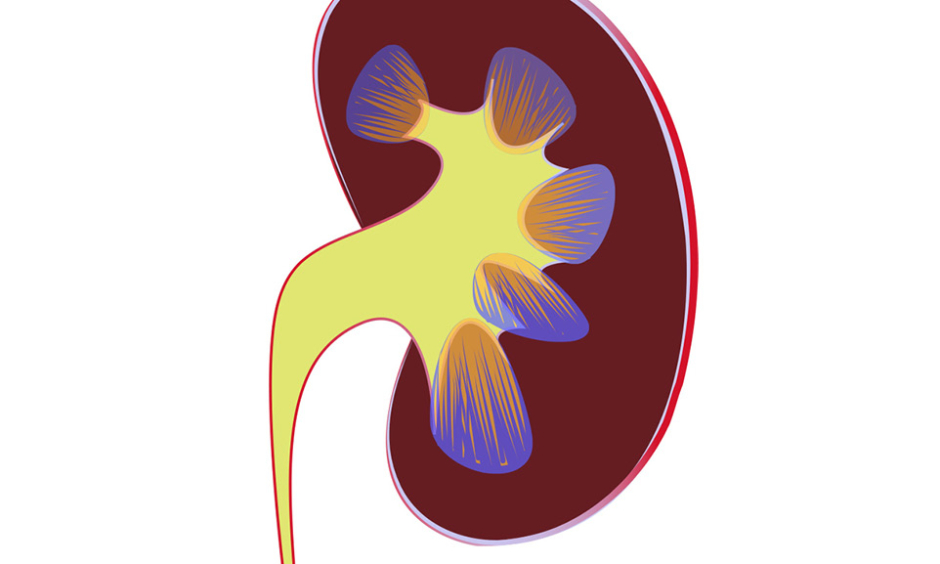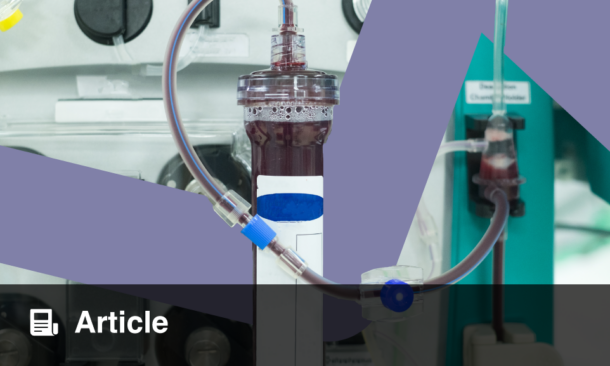POSSIBLE new biomarkers of kidney damage that occurs after antibiotic treatment for cystic fibrosis have been uncovered by researchers from the University of Liverpool, Liverpool, UK. The findings could lead to the creation of a test that identifies such an injury at a much earlier stage than current methods allow.
Identifying Injury at an Earlier Stage
A common side effect in children treated for cystic fibrosis with aminoglycosides is acute kidney injury (AKI). Measuring kidney filtration through analysing serum creatinine levels forms the basis of current methods for assessing AKI; however, by the time kidney injury is identified using this method, major damage will typically have already taken place. The researchers therefore sought to discover new biomarkers that could highlight this damage at an earlier stage, as well as reflect the site of toxicity.
KIM-1 and NGAL
In a cohort of over 150 children and young adult cystic fibrosis patients up to the age of 20 years, the team measured KIM-1 and NGAL proteins from urine samples provided at regular outpatient appointments and before, during, and after treatment with anaminoglycoside. They discovered that both KIM-1 and NGAL concentrations increased during exposure to an anaminoglycoside, occurring in the absence of increases in serum creatinine; this indicates subclinical AKI (renal damage without loss of function). In addition, the concentration of KIM-1 increased cumulatively with lifetime exposure to aminoglycoside from baseline, suggesting it could serve as a biomarker for chronic renal damage.
Biomarker of Kidney Damage
Dr Steve McWilliam, University of Liverpool, commented: “Our research shows that KIM-1 may be a useful, non-invasive, biomarker of acute and chronic kidney damage associated with exposure to aminoglycosides in patients with cystic fibrosis, but its clinical utility needs to be further evaluated in prospective studies.”
Aminoglycosides
Cystic fibrosis is a genetic disorder characterised by secondary bacterial lung infections, particularly Pseudomonas aeruginosa. Aminoglycosides, a form of antibiotic, have proven effective in treating these bacteria.
James Coker, Reporter
For the source and further information about the study, click here.








